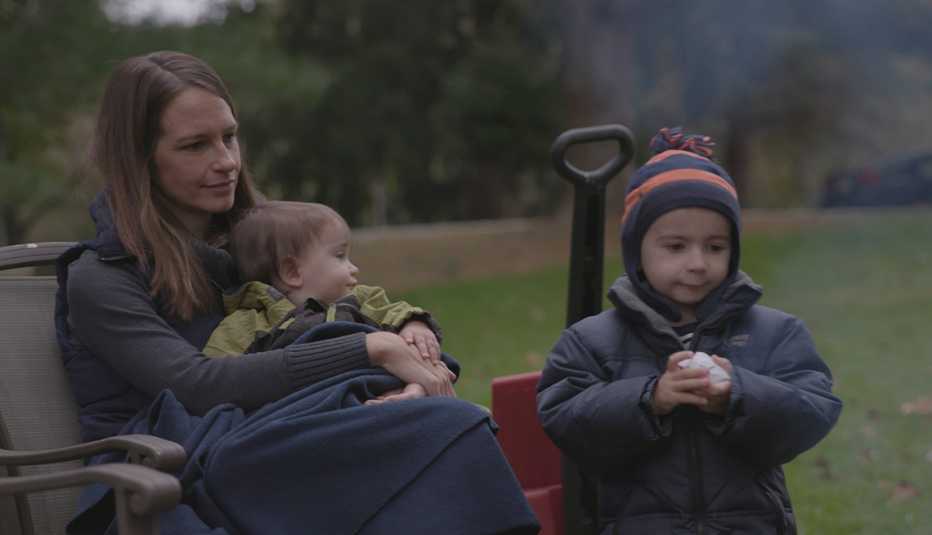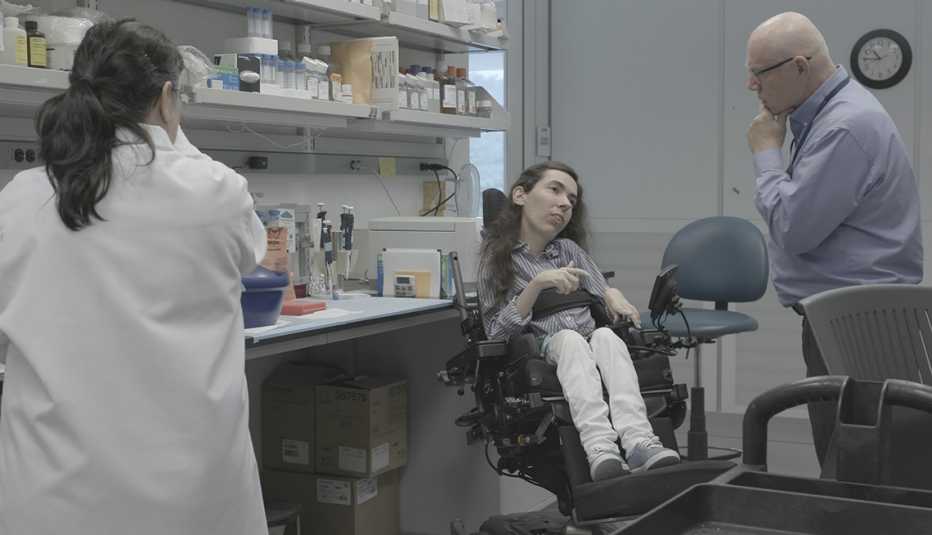AARP Hearing Center


If anything could make it more important to watch the latest Ken Burns-produced science documentary, The Gene: An Intimate History (PBS, April 14, 8 p.m., also on DVD and streaming on PBS apps), it's the coronavirus. “This little bit of genetic material can essentially bring the economy of the world to a standstill,” says Siddhartha Mukherjee, M.D., who wrote the best-selling book the show is based on and serves as host.
The four-hour documentary is a life-and-death scientific detective story of genetic discoveries leading up to today, and showcases the dramas of real people whose lives are transformed — and saved — by what the scientists discover. “We mingled extraordinary stories of people with the history of genetics. It's vintage Ken Burns, but it's new, too,” says Mukherjee.
"We finished the film before this devastating pandemic broke on the world,” he adds. “But all the methods that we're using today to track the course of this pandemic are genetic techniques. When we make new generation vaccines against this virus, we'll be using the same techniques that the scientists in the show discovered to create recombinant DNA. We would be helpless against this pandemic, had it not been for the hundred years of genetics that preceded it."


If you want an uplifting story of survival, watch the story of Cheryl and Jeremy Yoder, who lost one of their five children to spinal muscular atrophy, and then were told that their newborn had it, too. The genetic breakthroughs the show explains so clearly give the Yoders hope — in fact, their adorable son manages to sit up, a great achievement. “We have extraordinary footage of him being treated with a genetic drug, and walking for the first time,” says Mukherjee. “It brought tears to my eyes. Usually children are paralyzed, and they die before taking a single step. So it's moving, it's history. And it's the future of genetics."


Another amazing tale is that of Audrey Winkelsas, a young scientist born with spinal muscular atrophy. She's like Stephen Hawking — disabled, disfigured and confined to a wheelchair, yet making scientific discoveries and helping communicate scientific ideas to a broader public. The difference: Winkelsas specializes in research on her own disease. She's also a singer who fears her illness will rob her of her voice and community, but clever gene editing shows promise in preventing this. You'll never hear a more soaring note than the one she sings in a hymn of hope with her church choir.


































































More From AARP
Ken Burns Explains Why He Loves Country Music
Our interview with the filmmaker behind the new PBS series.Kareem Abdul-Jabbar Produces and Hosts 'Black Patriots' Documentary
NBA star discusses his new project about the unsung heroes of the American Revolution'They've Gotta Have Us': A Brilliant History of Black Cinema
Documentary casts fascinating light on a 'renaissance of black film'